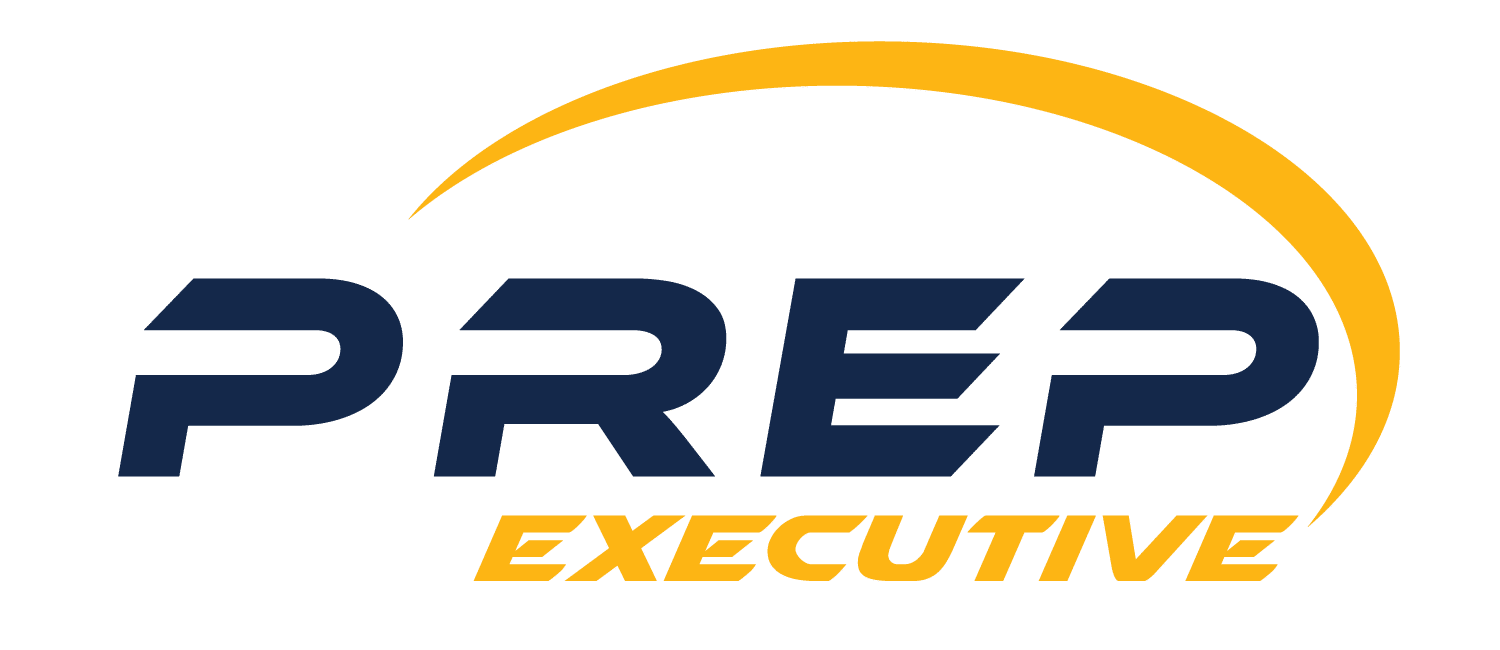Want to structure your Executive MBA application process for maximum effectiveness and minimum hassle?
Build the relationship BEFORE you apply.
You’re probably thinking…don’t they need to see my profile before I meet them? Can’t I do it by email and then in person if I get in?
You could, but these strategies are not as effective as preparing the admissions committee to receive your application. They should be so excited from meeting you that they are waiting for your application.
Here’s an overview of the strategy that will help get your into any Executive MBA program:
- Get started now
- Rebuild your resume’
- Rock the info session
- Whet their appetite
- Write killer essays
- Jump through ALL hoops
- Ace the Executive Assessment
This post covers the first step in the strategy.
You’ll notice that formal application submittal and testing comes last, not first like in a college application process. The Executive MBA application process is also different from the college process in that you can establish a direct relationship with the program recruiters, who may lobby on your behalf.
Now that you have an overview of the strategy, here’s when you should begin.
The Best Time to Start Applying for Your Executive MBA

Image: Unsplash
Executive MBA programs accept students in rounds, or deadlines spread throughout the year. The number of rounds depends on the program, but between 3 and 7 rounds are typical.
The start of the new application cycle is marked round 1. This round is the best one to apply for a few reasons. First, applying in round 1 demonstrates to EMBA programs that you are organized, ambitious, and eager to join their program. Second, no other students will have been accepted yet, so you probably won’t be compared to other students (provided that you are a “good fit” for the program). Third, since many people don’t apply in round 1, the admissions panel has yet to be overwhelmed with applications and questions. Usually, you will have more of the admissions officer’s attention if you are early.
Round deadlines are based on intakes (when classes actually start), so be sure that if there is more than one intake, you apply on the right round cycle.
For programs that have two intakes, students often ask if it is better to start in Fall (usually August/September) or Winter (usually January). It depends on the program, but Fall is usually the best time to start. It’s the beginning of the traditional academic year, so often the most interesting people, opportunities, and resources are presented to students that start at this time.
Make Sure You’re a Good Fit

Image: Unsplash
In addition to determining intakes and deadlines, part of your research will be to determine whether you are a “good fit” for the program. Simply put, “fit” means you match what the program wants and the program has something to offer you.
There are two steps to validate fit through online research.
Executive MBA Class Profile Comparison
First, look at the class profile. Make a note of the following and make sure that you match the program:
- Average years of work experience: Your experience should be on the spectrum and preferably not at either end.
- Positions and titles: Look for a hint of level of leadership experience. For example, are most of the students managing directors, CEOs, or directors?
- Style of company or organization: Fortune 50 or 500, consulting, nonprofit, international, national, regional, etc.
- Formality: How are students dressed in the class picture?
Consider your characteristics in each of these areas and ensure that you match. For example, MIT’s 2020 EMBA class of students had an average of 17 years work experience. About 59 percent already had master’s degrees (or above) and 83 percent are director-level or above. A regional manager with 8 years of work experience including 5 years of leadership would not be a “good fit” for MIT.
Executive MBA Curriculum Review
The second step of validating fit through online research is to look at the curriculum, including any specializations (concentrations) offered.
Do you see specializations that are clearly a match for your experience?
For instance, if you want to deep dive into marketing because you aspire to be the Chief Marketing Officer of an internet company, ensure that the EMBA program offers that specialization.
Don’t simply select an EMBA program because you live in the are or the university has a big name.
Ask the admissions officer if courses in your specialization are offered regularly. Some programs list a ton of electives and specializations on their websites, but only offer them on a rotating basis (every other year or even less frequently).
Looking at the class profile and specializations may leave you with some questions regarding your “fit” for the program. Fortunately, some EMBA programs, like the one at Vanderbilt, will explicitly detail the questions you should be asking yourself to determine fit.
Wharton also details what they look for in your academic profile, professional development and goals, and personal qualities. Take some time to reflect on these areas and ensure the program is right for you.
Know Your Funding Source

Image: Unsplash
One aspect of “fit” that may not be explicitly stated is funding source. Usually, Executive MBA programs prefer applicants that are sponsored by their employers. In other words, your company is paying for your Executive MBA.
Here’s how Wharton puts it:
“While employer endorsement is a requirement for admission, financial sponsorship is at the discretion of the student’s organization. Financial sponsorship can send a strong signal of endorsement for an applicant and can return significant benefits to the sponsoring organization.”
Some programs, like those at Michigan and Kellogg, will require someone from your company to complete a time sponsorship form that acknowledges their approval of the time commitment required to complete the EMBA. These forms also include questions regarding financial assistance from the company.
If your company is not sponsoring your EMBA, does that mean you won’t get in? No. You can still be accepted without company sponsorship.
But…
Many Executive MBA programs have tuition and fees of at least $100,000, so the programs want a strong indication that it will be paid before they accept you.
Can’t you get a scholarship for your EMBA? It is possible, but…
Only a few scholarships will be available. Scholarships usually have very specific requirements that do not apply to the typical candidate. Even if you do qualify, scholarships typically cover 25 to 50 percent of tuition, not 100 percent. Usually, you can only be awarded one scholarship. Company sponsorship is your best option.
Now that you know the best time to apply and how to determine if you’re a good fit for the program, it’s time rebuild your resume’.
Free 7 Day Executive MBA Strategy Course
Want to know how to get into any Executive MBA program? Take our free 7 day email course to learn a proven strategy, complete with tips, examples, homework and more. Sign up now to start the course today.
You May Also Like…
Info

20 Questions About the Executive Assessment Exam Answered
Admissions exams change over time and the Executive Assessment (EA) exam is no different. In fact, since being...
Admissions

How to Prepare for the GMAC Executive Assessment
In this post, we're going to breakdown exactly how to prepare for the GMAC Executive Assessment (EA). There's lots of...
Programs

Which Schools Accept Executive Assessment?
As of June 2020, more than 90 business schools accept the Executive Assessment as an admissions test. Each business...







